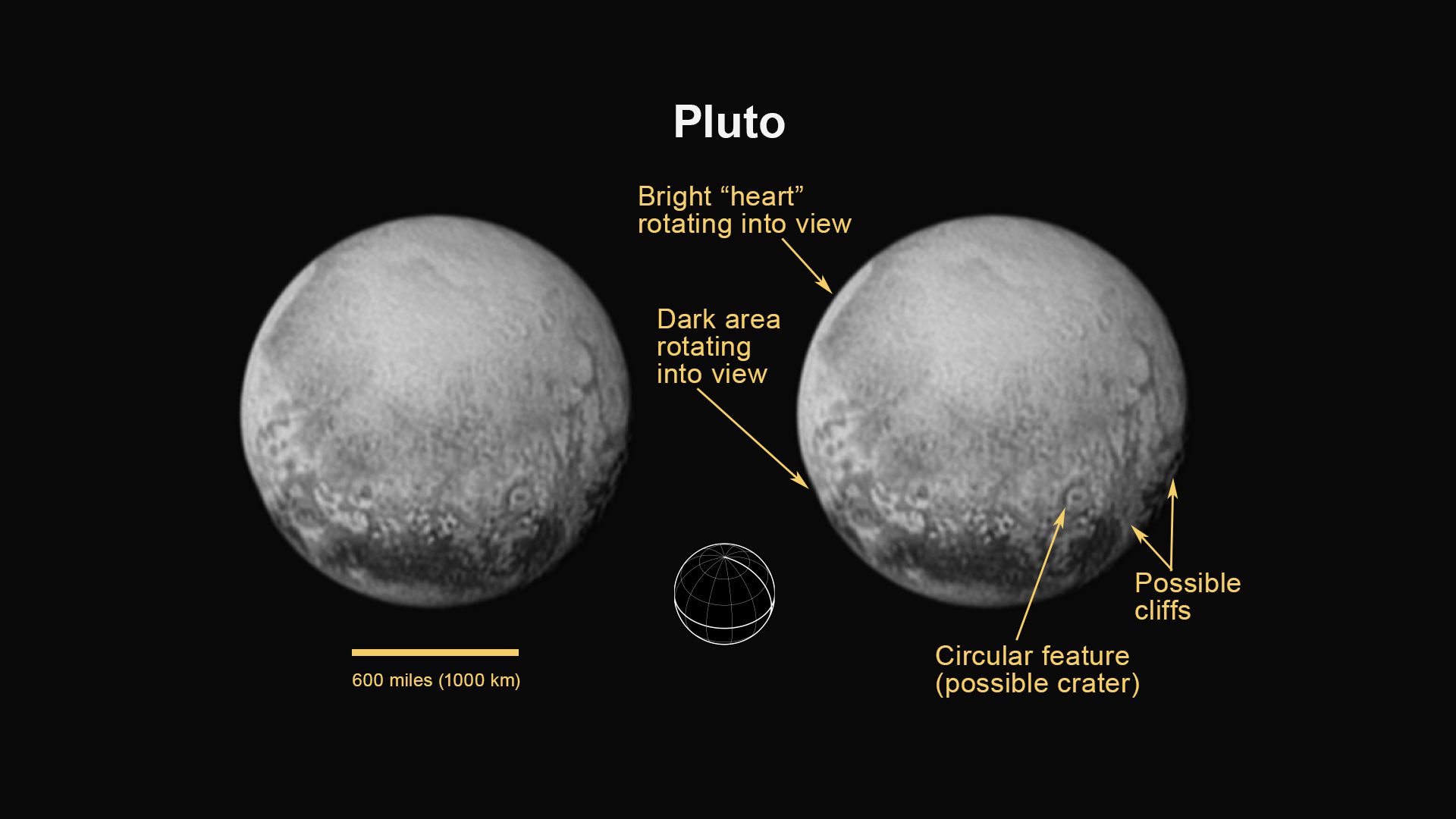Paparazzi Pictures of Pluto: How Planetary Fly-Bys Work

The Mariner 4 spacecraft, pictured in 1965. (Photo: NASA/Public Domain)
Talk about perfect timing. For scientists, space nerds, and the curious public alike, July 14th is a special date: it marks the 50th anniversary of the Mariner 4 mission to Mars, during which the first images of another planet were taken from outer space.
Half a century after the red planet’s paparazzi moment, this morning, at 7:49 a.m., NASA’s New Horizons probe came closer to Pluto than any spacecraft has ever done before. At 8:30 p.m. tonight, we’ll get to see the data, including the first ever high-quality closeups of Pluto. Just as Mariner 4 illuminated our understanding of Mars, New Horizons has the potential to bring Pluto into sharper relief.
Sending a probe about the size of a grand piano to a precise spot in our universe is like finding a microscopic needle in an infinite haystack. It’s difficult to comprehend the scale of things beyond our earthly confines: because Pluto is so far away (over three billion miles), scientists have very little understanding of what the dwarf planet actually looks like.


The most detailed image of Pluto to date. Taken by New Horizons on July 14th just before the closest approach. (Photo: NASA via Instagram)
Though you may picture a cool, icy blue ball, the only images we have of Pluto are artistic representations of extremely distant images taken by the Hubble Space telescope, and we aren’t completely sure what color it even is. Once analyzed, the data returned from New Horizons may upend everything we thought we knew about the dwarf planet.
Along its nine-and-a-half year journey, New Horizons has had to contend with unpredictable asteroids, a gravity boost from Jupiter, wonky moon orbits, and a potentially fatal software glitch. So why go through all this effort?
The principal investigator for the Pluto mission, Alan Stern, told NASA news: ”humankind hasn’t had an experience like this—an encounter with a new planet—in a long time. We are flying into the unknown, and there’s no telling what we may find.”

The first “clear” image of Mars, taken on July 14th, 1965 from the Mariner 4. (Photo: NASA/Public Domain)
Like its predecessor from a groovier era (and a much closer planet), the main mission for New Horizons is a concentrated frenzy of activity known in astronomical circles as a “fly-by.” Instead of going into orbit—a costly and difficult procedure—the probe will skim the surface of the planet at over 30,000 miles per hour for up to eight minutes, reaching its closest point at 7,800 miles away from the surface.
Owing to 50 years of advancement in space technology, New Horizons will collect 5000 times as much data as Mariner 4 did in 1965. Onboard New Horizons is a series of complex instruments all gearing up for their eight-minute collection window. The probe is also carrying the ashes of Clyde Tombaugh, the astrophysicist who discovered Pluto in 1930. Tombaugh died in 1997, and requested that his ashes be scattered in space.
The main cameras onboard, including one equipped with an ultraviolet imaging spectrometer, will capture topographical features. These will be able to tell us about the chemical composition and temperatures of Pluto’s surface. Other instruments will gather information about Pluto’s atmosphere and planetary neighborhood.

A July 11th image detailing Pluto’s larger geologic features. (Photo: NASA/JHUAPL/SWRI from space.com)
These days, scientists believe that Pluto was formed at the same time as our planet in close proximity to the sun, before it migrated to the further reaches of our solar system. Thus, Pluto represents a specific evolutionary stage of Earth, and will help scientists understand our planet’s formational history.
“There is a real possibility that New Horizons will discover new moons and rings,” along with volcanoes, ice sheets, and geysers, says Alan Stern. ”Who knows what kind of bizarre things we’ll find up close?”

Pluto and one of its moons, Charon, taken on July 9th from New Horizons, 5.4 million kilometers out. (Photo: NASA/JHUAPL/SWRI)









Follow us on Twitter to get the latest on the world's hidden wonders.
Like us on Facebook to get the latest on the world's hidden wonders.
Follow us on Twitter Like us on Facebook